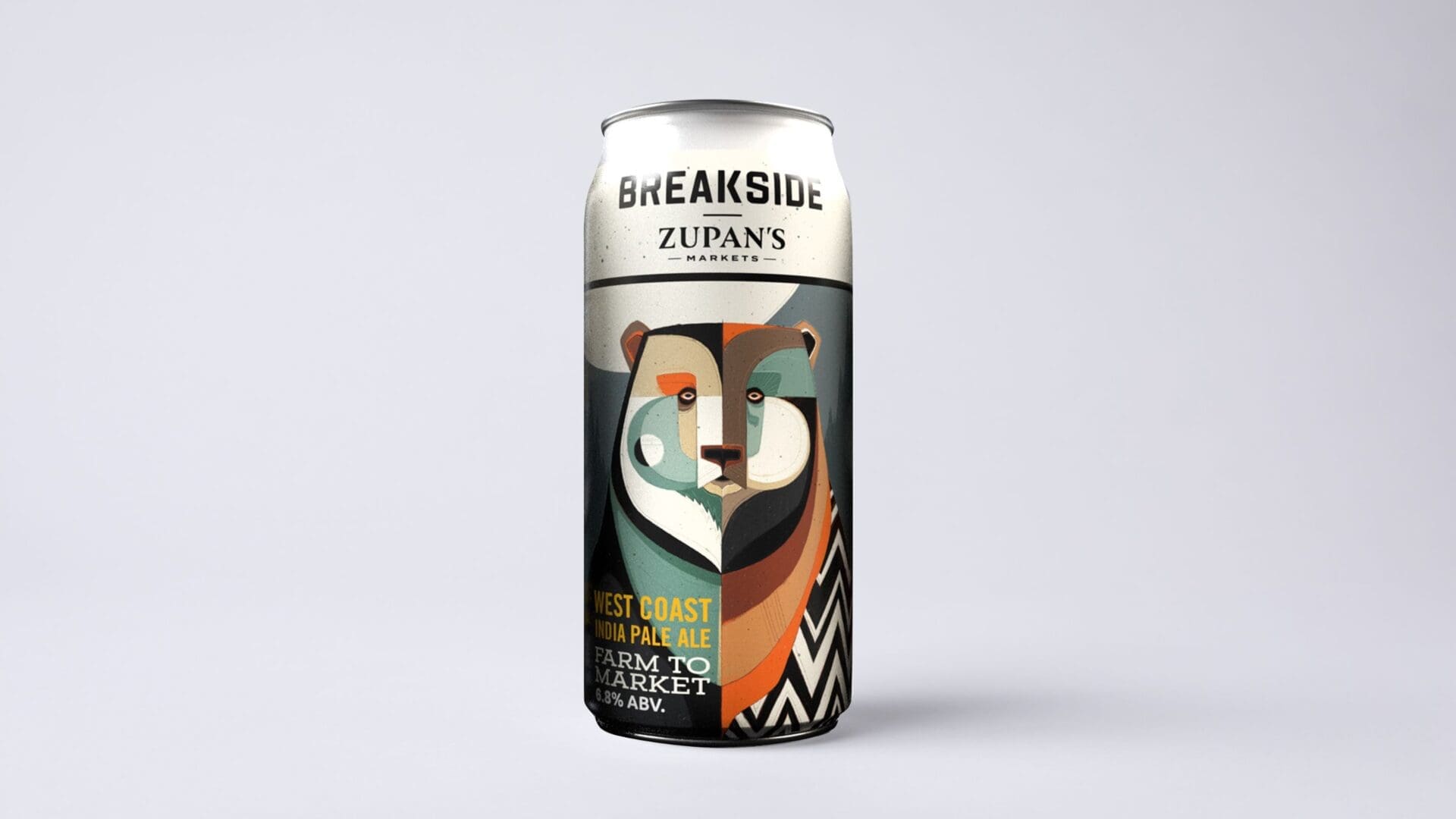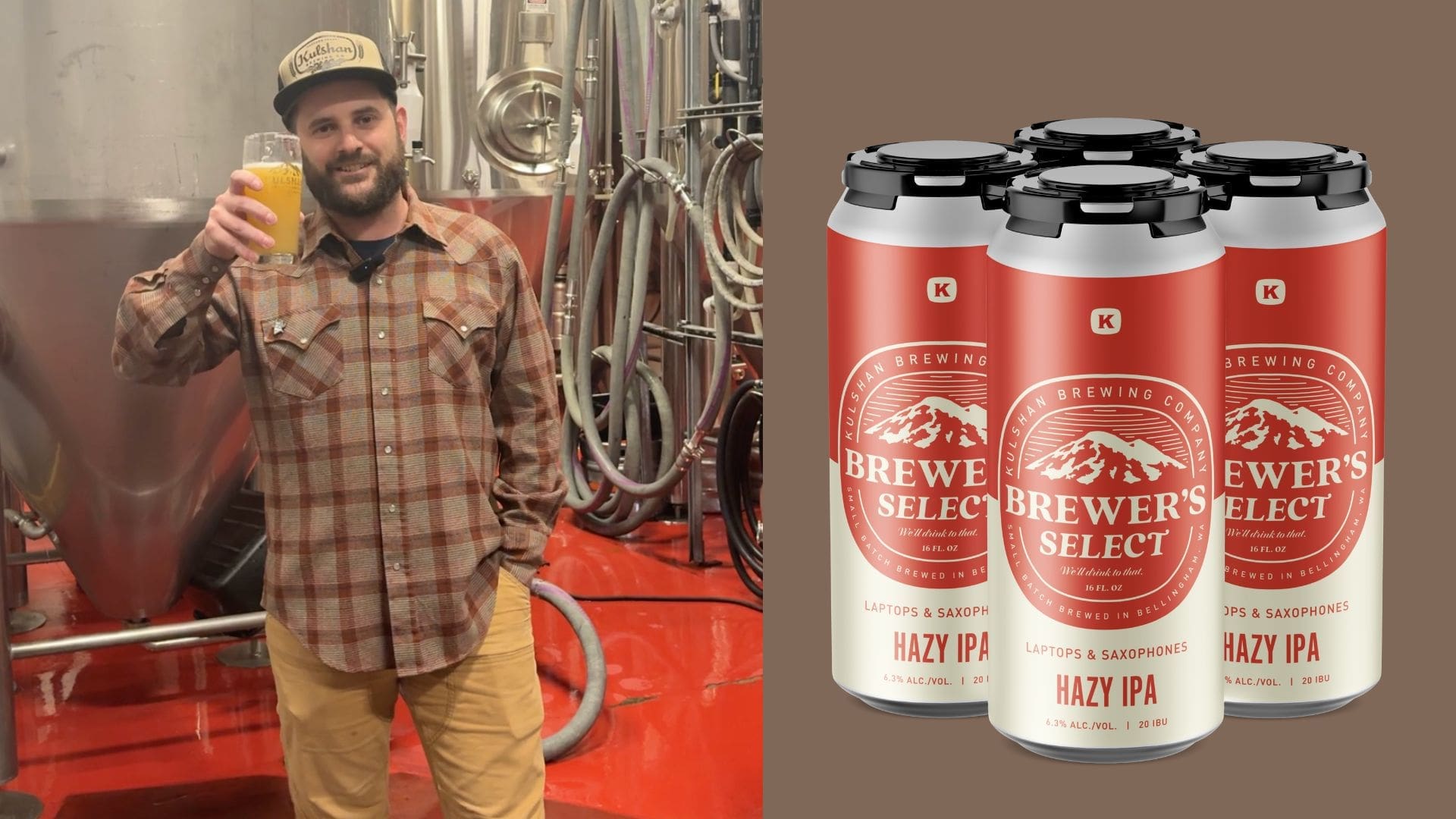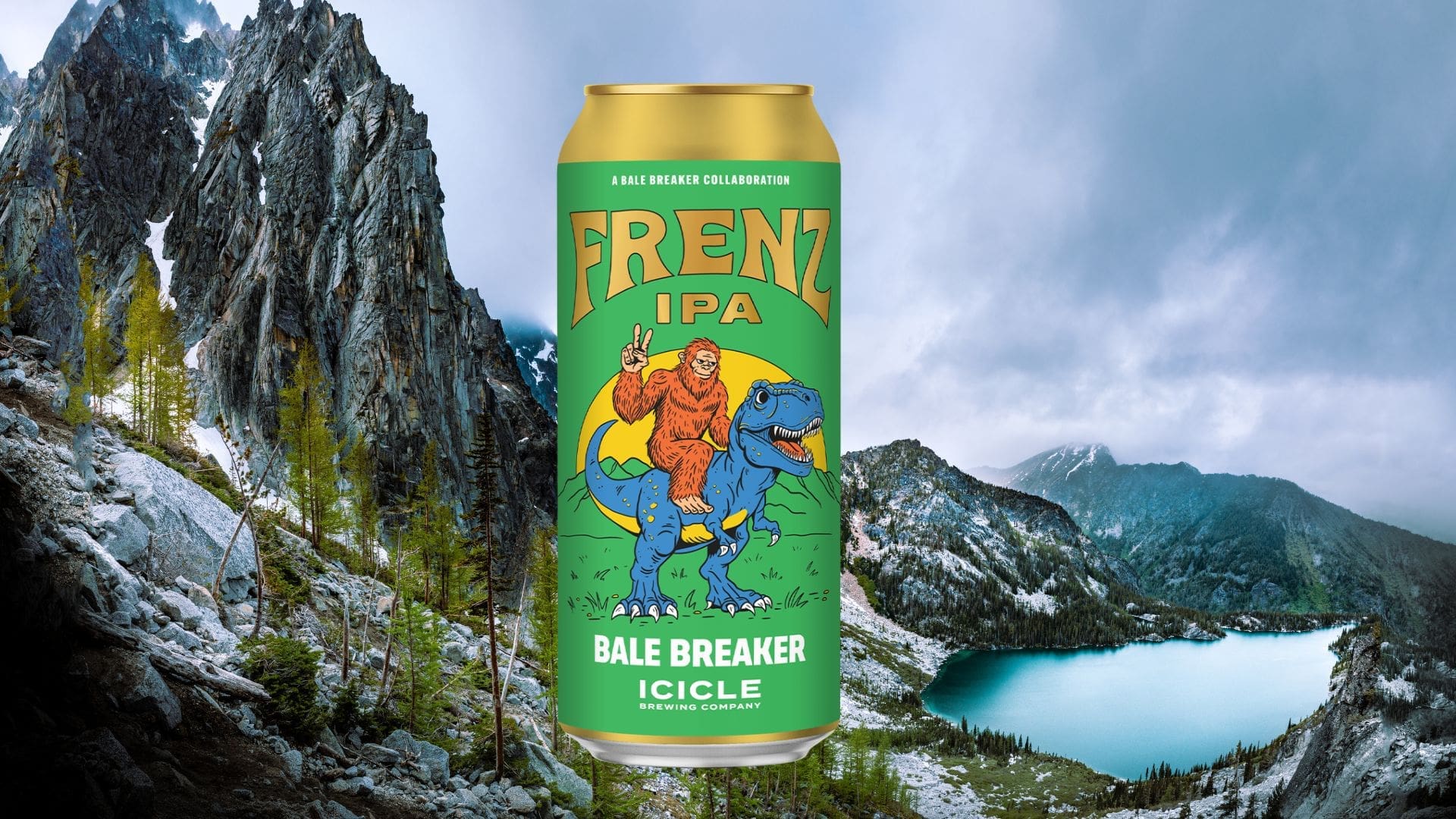It’s happened to all of us. Whether it’s reaching for a bottle at a summer barbecue, or snagging a six-pack from the store just to open and find an unusual, unwelcome odor.
It’s musky. It’s strong. Is that a… skunk?
Don’t worry, nothing was fundamentally wrong with your beer. And it’s likely not too old, or spoiled for that matter. However, no brewer added this pleasantry to your beer. This is a common occurrence of beer’s overexposure to light. The skunked aroma is a prevalent off-flavor known from “lightstruck.”
Light is the enemy, and hops fall victim. The light will take advantage of the hops’ light sensitivity, and the isomerized alpha acids in your beer are vulnerable to overexposure of all forms. (More on hops and isomerization here.)
Upon exposure, molecular bonds of these iso-alpha acids break down quickly. They interact with other sulfuric molecules already present in the beer to form the compound 3MBT, a mercaptan, shorthand for 3-methyl-2-butene-1-thiol. 3MBT is responsible for emitting skunky aromas. And it’s awfully easy to detect, with human thresholds as low as four parts per billion.
There are two factors in the process of lightstruck: protection and time.
For example, this can happen under the fluorescent lights of your local store. There’s a reason that green, blue and clear bottles are notorious for skunky beer. These colors aren’t suited for proper light protection. This is why most beer is sold in cans and brown bottles — these are better protectors from harmful light emissions. And if you happen to be drinking in broad daylight, it’s only normal for light to take its course within minutes, especially within the first half hour.
If needed, there are some proactive measures you can take. Know your beer styles and which ones are more prone to lightstruck — typically lagers, hop-forward ales, etc. When shopping, keep an eye out for brown-bottled options or for bottles safely kept in boxes.
If you don’t want to worry about light impact altogether, opt for cans. It’s no lie cans have been on a consistent rise as more Northwest producers are adopting cans into their line-ups.
Keep your bottles chilled in dark conditions. If you’re throwing an outdoor get-together, consider forgoing the open ice bucket and store your bottles in enclosed coolers. For outdoor sipping, you can find a nice, shady resting spot for your pint if needed.
Or, drink faster. Sometimes, it’s just the small price we pay for the joy of day-drinking in the sunshine. Onward, beer lovers.








